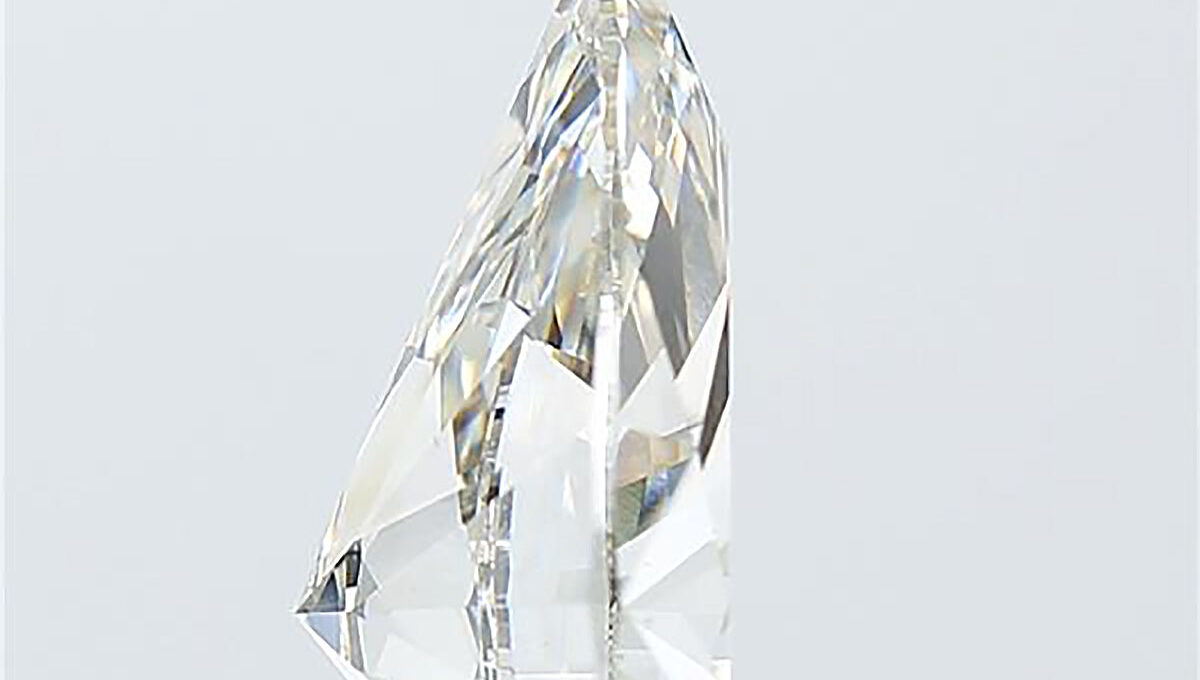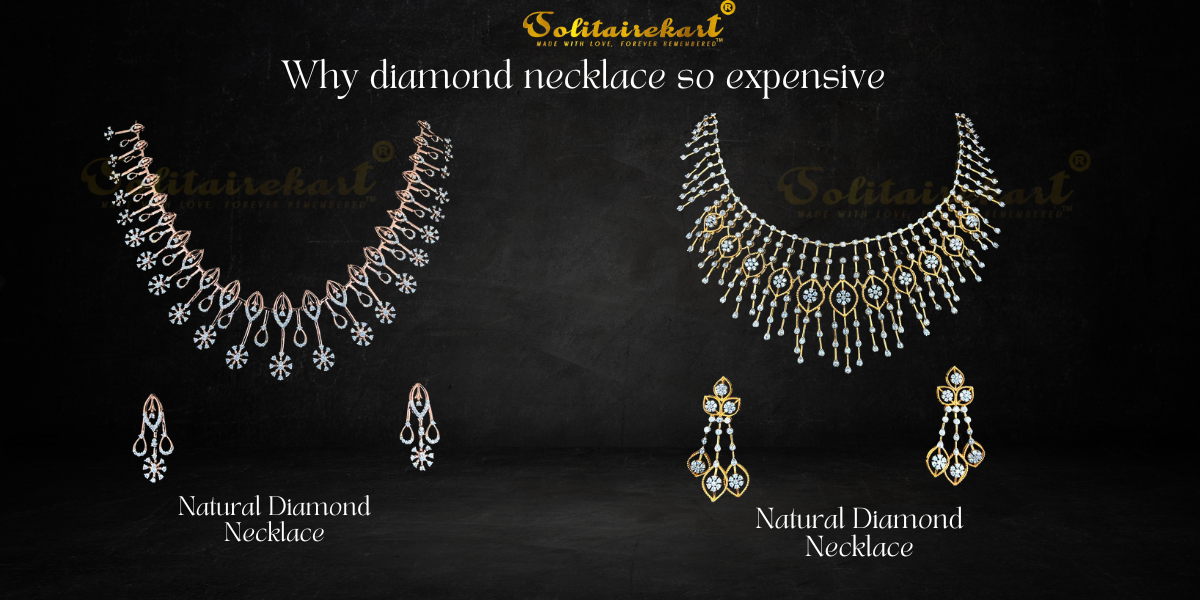

The 4Cs of Lab-Grown Diamonds: Understanding Quality and Value
Lab-grown diamonds have become increasingly popular due to their ethical and sustainable nature, as well as their affordability. Just like natural diamonds, lab-grown diamonds are assessed based on their quality and value using the 4Cs: carat weight, color, clarity, and cut. In this blog, we will delve into each of these aspects and help you understand how they apply specifically to lab-grown diamonds.
1. Carat Weight
Carat weight is a measure of a diamond’s size, with one carat equivalent to 200 milligrams. This metric is the most apparent factor influencing a diamond’s value, as larger diamonds are generally more desirable. In the context of lab-grown diamonds, carat weight plays a crucial role in determining their price. Lab-grown diamonds offer an advantage here, as they typically cost significantly less than natural diamonds of the same carat weight. This makes larger lab-grown diamonds a more accessible option for those seeking size without breaking the bank.
2. Color
The color grading of diamonds involves assessing the absence of color within the stone. Natural diamonds are graded on a scale from D (colorless) to Z (noticeable yellow or brown hue). However, when it comes to lab-grown diamonds, they are typically produced with low color grades, such as K or L, due to the growth process. While these lower grades might seem unfavorable for natural diamonds, they can offer a unique appeal for lab-grown diamonds. Some people actually prefer the warm and faint color undertones of lab-grown diamonds, as they can be perceived as distinct and beautiful.
3. Clarity
Clarity refers to the presence or absence of blemishes or inclusions within a diamond. These natural imperfections can impact a diamond’s appearance and value. For lab-grown diamonds, the clarity grading is similar to natural diamonds. Both natural and lab-grown diamonds can range from Internally Flawless (IF) to Included (I3). With lab-grown diamonds, imperfections can be minimized during the growth process, resulting in a higher likelihood of finding diamonds with better clarity grades. This means that you can often find lab-grown diamonds with excellent clarity at more affordable prices compared to their natural counterparts.
4. Cut
The cut of a diamond refers to the precision and quality of its faceting, which greatly affects its brilliance and sparkle. The cut is the only one of the 4Cs that is influenced by human craftsmanship. Both natural and lab-grown diamonds can be cut into various shapes such as round, princess, or emerald. However, the quality of the cut can vary between lab-grown and natural diamonds. Lab-grown diamonds often excel in cut quality due to advanced cutting techniques and the ability to control the growth process. This means that lab-grown diamonds can offer exceptional brilliance and sparkle.
The Unique Charm of Lab-Grown Diamonds
Understanding the 4Cs of lab-grown diamonds can assist you in making an informed decision when purchasing these stunning gems. While some aspects, such as carat weight and clarity, maintain similar importance to natural diamonds, lab-grown diamonds offer distinct benefits in terms of color and cut flexibility. Moreover, the affordability of lab-grown diamonds allows for options that may have been previously unattainable with natural diamonds.
When it comes to lab-grown diamonds, appreciating their unique charm and value through the 4Cs is essential. Whether you seek a large carat weight, prefer a warm color, desire impeccable clarity, or seek exceptional brilliance, lab-grown diamonds can meet your desires while also offering an ethical and sustainable choice for the environmentally conscious consumer.
So, explore the world of lab-grown diamonds and experience the brilliance and beauty of these exquisite gems that redefine the traditional notions of luxury and value.
Lab-grown diamonds have become increasingly popular due to their ethical and sustainable nature, as well as their affordability. Just like natural diamonds, lab-grown diamonds are assessed based on their quality and value using the 4Cs: carat weight, color, clarity, and cut. In this blog, we will delve into each of these aspects and help you understand how they apply specifically to lab-grown diamonds.
1. Carat Weight
Carat weight is a measure of a diamond’s size, with one carat equivalent to 200 milligrams. This metric is the most apparent factor influencing a diamond’s value, as larger diamonds are generally more desirable. In the context of lab-grown diamonds, carat weight plays a crucial role in determining their price. Lab-grown diamonds offer an advantage here, as they typically cost significantly less than natural diamonds of the same carat weight. This makes larger lab-grown diamonds a more accessible option for those seeking size without breaking the bank.
2. Color
The color grading of diamonds involves assessing the absence of color within the stone. Natural diamonds are graded on a scale from D (colorless) to Z (noticeable yellow or brown hue). However, when it comes to lab-grown diamonds, they are typically produced with low color grades, such as K or L, due to the growth process. While these lower grades might seem unfavorable for natural diamonds, they can offer a unique appeal for lab-grown diamonds. Some people actually prefer the warm and faint color undertones of lab-grown diamonds, as they can be perceived as distinct and beautiful.
3. Clarity
Clarity refers to the presence or absence of blemishes or inclusions within a diamond. These natural imperfections can impact a diamond’s appearance and value. For lab-grown diamonds, the clarity grading is similar to natural diamonds. Both natural and lab-grown diamonds can range from Internally Flawless (IF) to Included (I3). With lab-grown diamonds, imperfections can be minimized during the growth process, resulting in a higher likelihood of finding diamonds with better clarity grades. This means that you can often find lab-grown diamonds with excellent clarity at more affordable prices compared to their natural counterparts.
4. Cut
The cut of a diamond refers to the precision and quality of its faceting, which greatly affects its brilliance and sparkle. The cut is the only one of the 4Cs that is influenced by human craftsmanship. Both natural and lab-grown diamonds can be cut into various shapes such as round, princess, or emerald. However, the quality of the cut can vary between lab-grown and natural diamonds. Lab-grown diamonds often excel in cut quality due to advanced cutting techniques and the ability to control the growth process. This means that lab-grown diamonds can offer exceptional brilliance and sparkle.
The Unique Charm of Lab-Grown Diamonds
Understanding the 4Cs of lab-grown diamonds can assist you in making an informed decision when purchasing these stunning gems. While some aspects, such as carat weight and clarity, maintain similar importance to natural diamonds, lab-grown diamonds offer distinct benefits in terms of color and cut flexibility. Moreover, the affordability of lab-grown diamonds allows for options that may have been previously unattainable with natural diamonds.
When it comes to lab-grown diamonds, appreciating their unique charm and value through the 4Cs is essential. Whether you seek a large carat weight, prefer a warm color, desire impeccable clarity, or seek exceptional brilliance, lab-grown diamonds can meet your desires while also offering an ethical and sustainable choice for the environmentally conscious consumer.
So, explore the world of lab-grown diamonds and experience the brilliance and beauty of these exquisite gems that redefine the traditional notions of luxury and value.


